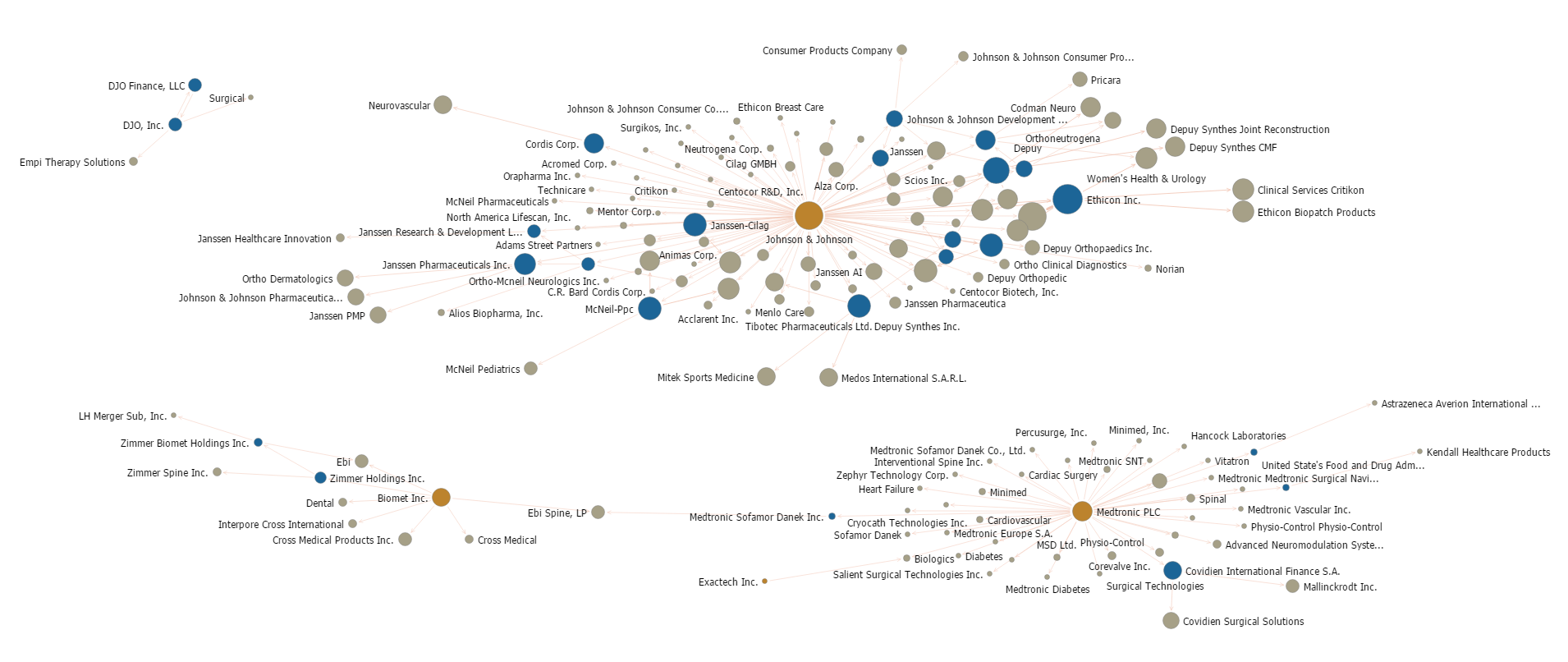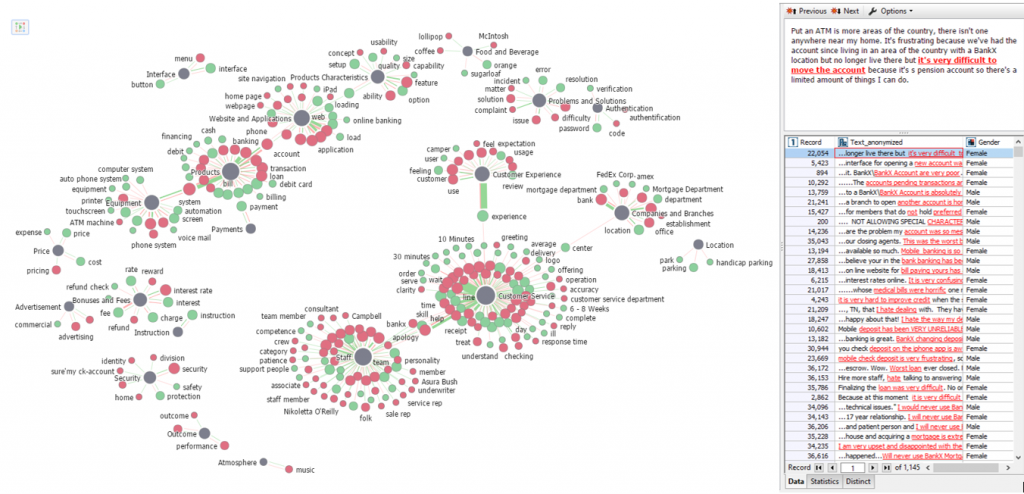If you ask five different people, “What does a Text Analysis tool do?”, it is very likely you will get five different responses. The term Text Analysis is used to cover a broad range of tasks that include identifying important information in text: from a low, structural level to more complicated, high-level concepts. Included in this very broad category are also tools that convert audio to text and perform Optical Character Recognition (OCR); however, the focus of these tools is on the input, rather than the core tasks of text analysis.
Text Analysis tools not only perform different tasks, but they are also targeted to different user bases. For example, the needs of a researcher studying the reactions of people on Twitter during election debates may require different Text Analysis tasks than those of a healthcare specialist creating a model for the prediction of sepsis in medical records. Additionally, some of these tools require the user to have knowledge of a programming language like Python or Java, whereas other platforms offer a Graphical User Interface.
Let’s take a look at some of the most popular types of Text Analysis tools one might encounter.





